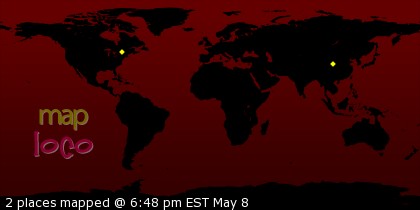E.M.Forster had a low opinion of story. He said story is “The queen died and then the king died,” while plot is “The queen died and then the king died of grief.” To him, story is just “this happened and then this happened and then this happened,” a succession without connection; plot introduces connection or causality, therefore shape and form. Plot makes sense of story.I read this and realized that I was not entirely sure I could define either story or plot. So I checked an online dictionary. This is story:
A narrative, either true or fictitious, in prove or verse, designed to interest, amuse, or instruct the hearer or reader; a tale.This is plot:
Also called storyline. The plan, scheme, or main story of a literary or dramatic work, as a play, novel, or short story.I'm still not sure I know what a plot is. Per Forster, it is a causal chain. Per the dictionary, it is a plan. I guess this makes sense. One plans out a story the way one plots a course -- unless one is the kind of writer who does not plan ahead. I tend to think of plot as the action line of a story, as opposed to the setting, characters, mood and so on.
"Story" is from the Latin "historia."
"Plot" seems to go from a piece of land to a map and then a scheme.
Anyway, I'm inclined to think that a long work of fiction needs an action line the way a large animal needs a skeleton. It keeps it from collapsing in on itself.
Though I'm not sure what to do with a book like Italo Calvino's Imaginary Cities, which is made up of wonderful descriptions of imaginary cities. The plot, such as it is, is Marlo Polo telling Kublai Khan about his journeys and the cities he has visited. But the book is really about the cities, which are fantastic and amazing and well worth the read. LeGuin's Changing Planes is a similar collection of descriptions. So also, maybe, is Angelica Gorodischer's Kalpa Imperial. LeGuin's Always Coming Home is more description than anything else. The least successful part of the novel is its most conventional part, the story of Stone Telling Woman.
I'm not sure about Forster's causal chain or his belief that a story has to make sense. A story has to interesting. I'm not sure what else it has to be.





2 comments:
I've said it before (but I'm not going to dig back through the blog at the moment): I think how you define plot depends on the kind of writer are and the kind of story you write. The more I hear writers talk about plot and process, the more I see that the concept of the one is influenced by the practice of the other. The two are so intertwined, I don't think you can define the one without taking the other into account. That's why we have such a hard time nailing it down: it's a bit (or a lot) different for everyone.
I suspect that's why we keep resorting to analogies. Analogies make it easier to convey the feeling of a thing, without being precise. Feelings are never exact, and plot is much feel as thing. I don't know if you can be precise when it comes to plot.
Doug -- Yes. I think you're right. And both words are so large that it's hard to get a hold on them -- or separate them clearly.
Post a Comment